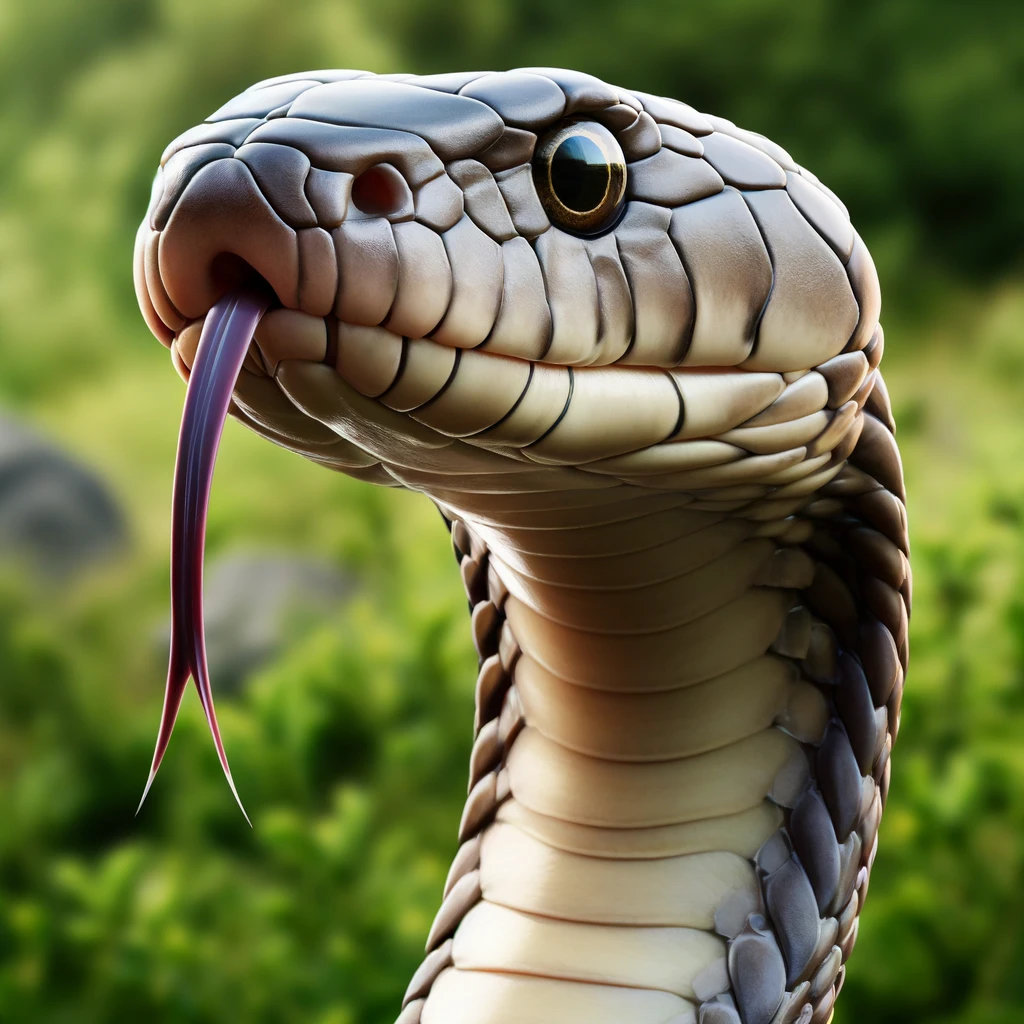The Usumgallu Serpent
The Usumgallu serpent (“strong demon”) is a demonic serpent or dragon-like hybrid creature that guards sacred places. There was more than one Usumgallu demon. One of them is the incorruptible guardian of the Huluppu tree. Around 2600 BC, Gilgamesh killed the serpent when he cut down the Huluppu tree.
The Usumgallu Serpent
The Appearance of the Usumgallu Serpent
The Sumerian word Usumgallu literally means “strong demon”. Probably several different demons were designated with the term “Usumgallu.” These demons are frequently depicted in the form of a fearsome serpent, but sometimes also as a dragon or as hybrid beings with features of various animals.
The Demon’s Tasks
Usumgallu demons usually have the task of guarding sacred or forbidden places, or also do this on their own initiative.
The Personality of the Usumgallu Serpent
As a reliable guardian of sacred places, a Usumgallu serpent can be characterized as incorruptible, i.e., as a demon that cannot be influenced (“charmed”).
Resume
In this section, we consider only the mythological development of the Usumgallu serpent that guards the Huluppu tree.
One of the earliest mentions of the term Usumgallu is found in the myth “Enki and the World Order.” There the Huluppu tree itself is described as a mighty demon (ušumgal maḫ) that was stationed in Eridu (eridugki-ga). Later the tree itself was no longer considered a mighty demon. Instead, demonic properties were attributed to its inhabitants. This included a serpent, a mighty demon (Usumgallu), whose task it was to guard the tree.
The serpent inhabited the tree together with the eagle Anzu. According to the myth “Lugalbanda and the Anzu Bird,” the eagle was commissioned to decree human destinies in a way that would be advantageous for Enlil’s projects. These projects included particularly the rebuilding of Sumerian civilization after the deluge, which can be dated to about 2900 BC.
In the Etana myth, it is described that Anzu temporarily cooperated with the serpent during this time. This is described in the form of a metaphor in which the uncivilized humans who had survived the deluge in the mountains are portrayed as wild animals hunted by the eagle and the serpent. The capturing of wild animals corresponds in the metaphor to the process of re-civilizing humans. The Etana myth thus suggests that the Usumgallu serpent not only guarded the Huluppu tree but also contributed to its function, which consisted in extending the influence of the gods to earth. However, the serpent was soon deceived by Anzu, which means it was reduced again to its actual function as guardian of the Huluppu tree.
In the myth Inanna and the Huluppu Tree, Gilgamesh had felled the Huluppu tree around 2600 BC. Since the serpent had the task of guarding the tree, Gilgamesh had to kill it for this.

